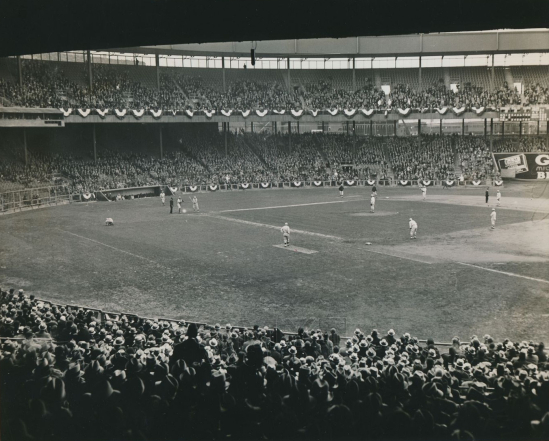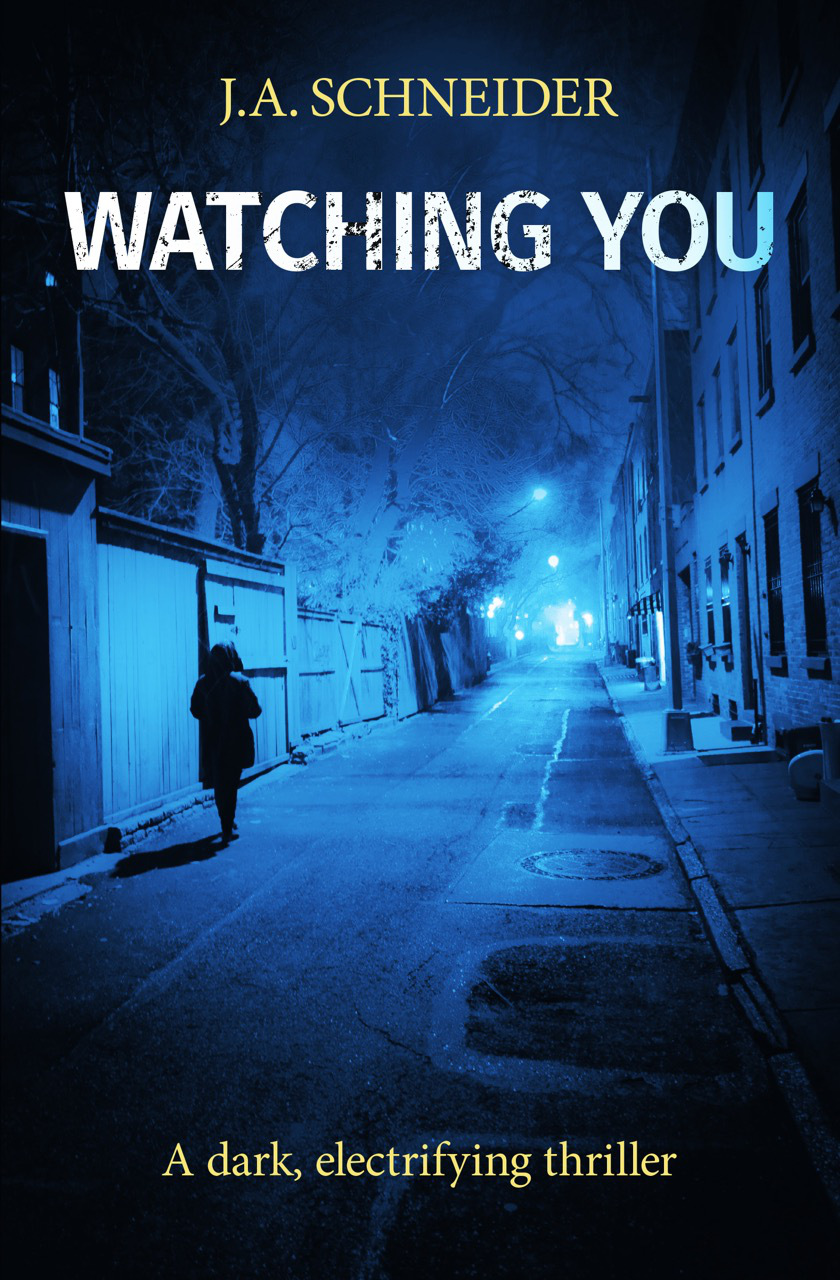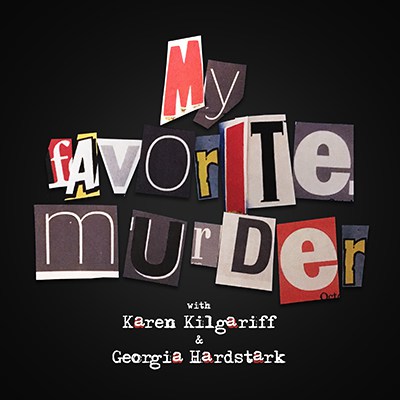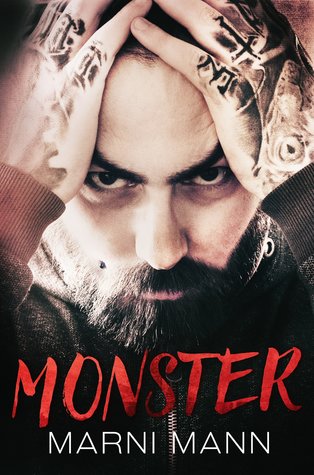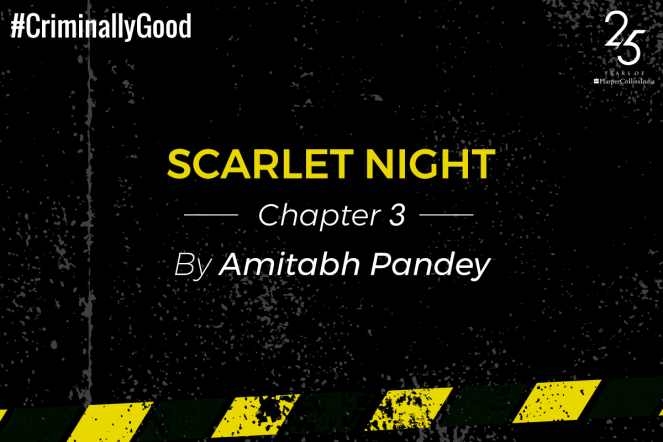Download links for: A Time To Every Purpose Under Heaven


Reviews (see all)
Write review
Excited to talk about this with the book club. Going to be a lot to discuss for sure. :)
this book was fantastic and out of nowhere. review forthcoming.
Review copy won on Goodreads.com on 4-15-12.
Stunning.
Other books by Historical Fiction
Other books by Karl Ove Knausgård
Related articles






